As a rule, cheese is never out of season. While certain styles or small-batch specialties might not be available throughout the whole year, you can always find some kind of dairy deliciousness to enjoy at any time.
Cheese is preserved milk after all, by definition!
But the fall season – when you dig your sweater collection out of storage after the summer fun has ended, and head back to work or school – seems to be the time when cheese naturally gravitates towards the spotlight.
Cheeses made in spring the year before are at a deliciously aged stage during this time, with savory, toasty, and caramelized flavors coming to the forefront.
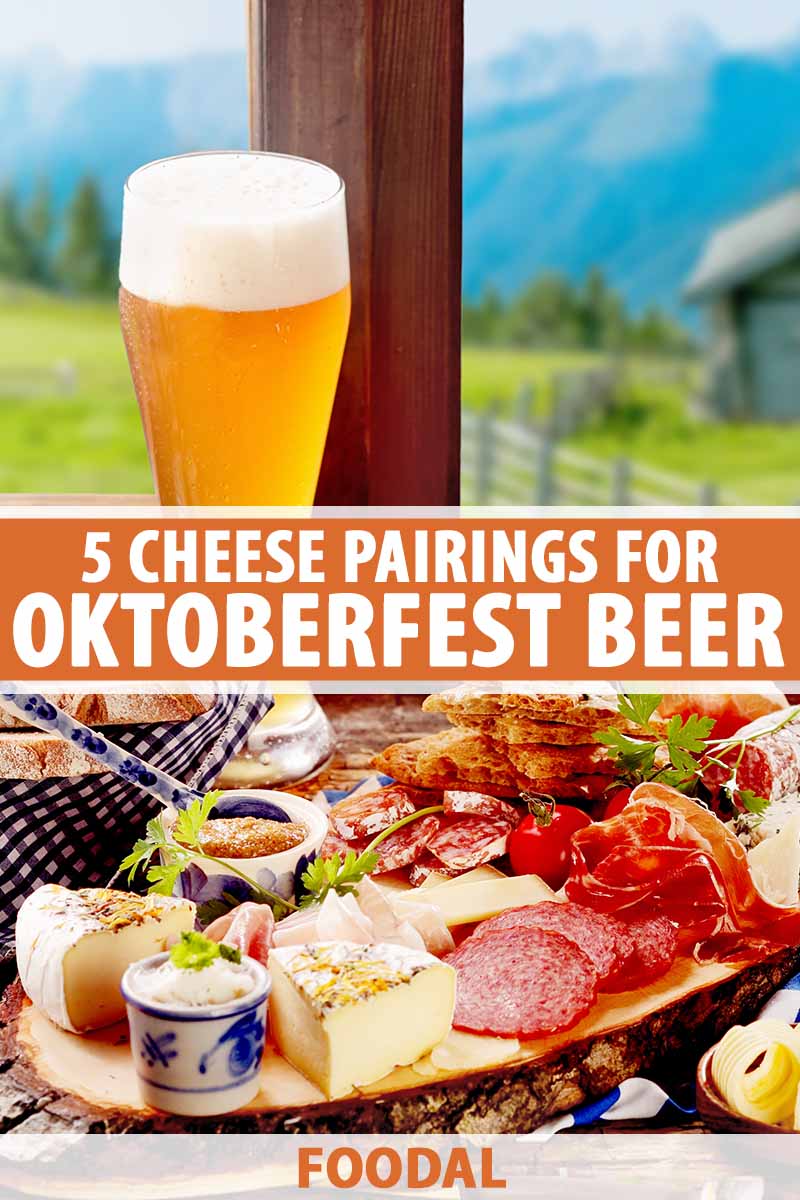
We link to vendors to help you find relevant products. If you buy from one of our links, we may earn a commission.
Seasonal fruit like apples and pears are crisp, sweet-tart, and juicy, just begging to be eaten alongside a sharp and pungent aged cheddar.
We subconsciously look forward to fattening up for winter, and lush, bloomy-rind wheels and wedges made with grassy, bright springtime or summer milks are happy to oblige.
And brewers are busting out their seasonal fall beers, too, like fresh-hopped pale ales, made when hops are harvested in late summer to early fall.
Pumpkin beers, that polarizing variety, are unveiled to delight (or bedevil) beer drinkers for the rest of the year.
And Oktoberfests, a style of malt-forward, full-bodied lagers, are released to coincide with the annual national celebration of beer in Germany, where the variety originated.
The coppery color, malty flavor, and richer mouthfeel of Oktoberfest brews radiates with that crisp and toasty autumn feeling. This style is also known as a Märzen or Märzenbier, since it was traditionally brewed at the end of Germany’s legal brewing season in March.
Brewing beer during the warm months presented a food safety challenge, so brewing traditionally took place during the fall and winter.
The beer was kept cool in caves throughout the summer, and the kegs were finally tapped during a big party at the end of the barley harvest in the fall, when temperatures dropped and brewing season could begin again.
You’ll want to make the most of cooler fall weather, rich and aged cheeses, and seasonal brews when Oktoberfest celebrations start booming and buzzing with their entire spreads of amazing food and drinks, usually starting in mid-September.
Celebrating the season with cheese pairings is the perfect way to ease into the cooler weather and shorter days ahead.
With this in mind, we’ve put together the ultimate guide to pairing beers and cheeses, with a specific focus on options that make a dynamic duo with bold, malt-forward Oktoberfest styles.
5 Perfect Cheese Pairings for Oktoberfest Beer
Basic Info and Advice
Before we take a look at specific styles, let’s review a few ground rules for pairing cheese and beer.
This is also the best time to briefly highlight the main ingredients in Oktoberfest beer, and how it is brewed.
Grasses to Grasses
Part of the reason why the combo of cheese and beer is so appealing is that they are easy to pair together, as long as you adhere to some basic rules I’ll explain more thoroughly in the following sections.

With wine and cheese, however, the rewards are high, but so are the risks of combining two elements that really don’t play well together.
But beer and cheese – well, they’re both really just made from grasses, processed in different ways.
Cereal grains like barley and rye are part of the grass family, and pasture-raised cows eat a wide variety of grasses, occasionally supplemented with some of those same plants in their seed form (i.e. grain).
Even conventionally raised cows that are fed corn are technically eating a grass – just not the green part.
The dairy bit of this process is pretty familiar:
Cows eat grass and grain, and process them into milk. With the addition of a culture, rennet, salt, and time, this becomes cheese.
To make beer, farmers must grow and harvest grain, and then it must be malted before a brewer can ferment it into tasty, fizzy alcohol.
Two different paths taken in this way result in two different products – but when they’re reunited in the end, it tastes so, so good.
Meet Your Malt
Since we’re specifically talking about Oktoberfest brews, which really highlight malt – the main ingredient in beer after water – let’s proceed with a mini-lesson on malt.
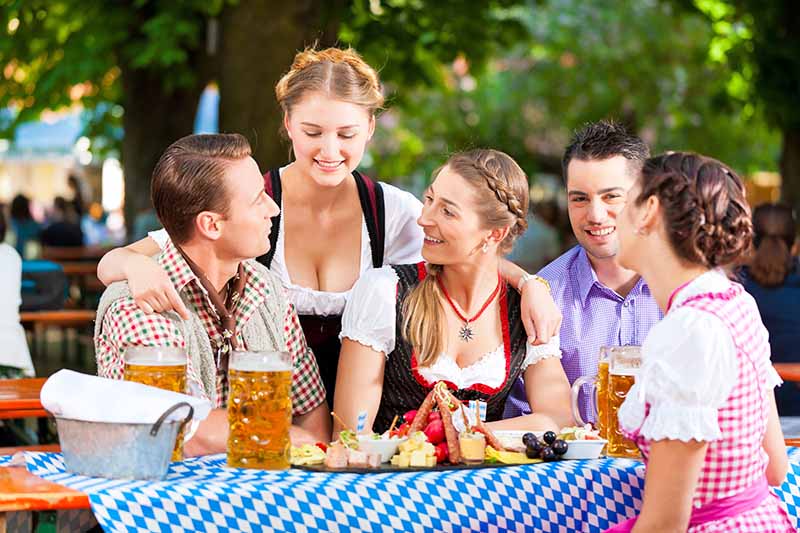
After sourcing top-quality grain that must be grown, harvested, tested, and stored according to exacting specifications, maltsters add moisture and warmth to sprout the harvested grain, converting its starch into sugar.
Via a process called kilning, they then use heat to halt the conversion of starch into sugar, to trap and preserve that enzymatic activity. The malted grain is then cleaned of the rootlets that developed during the sprouting phase, and this renders it shelf-stable until it’s needed – packed with diastatic potential that helps to convert starch into sugar, a key step in the fermentation process.
Malt has a deliciously bready, toasty flavor, and it’s the main ingredient in any beer recipe – you just might not taste it at the forefront of a brew that’s heavy in another ingredient like hops, for example.
Barley’s not the only thing that can be malted either – grains like wheat, rye, and sorghum – which is gluten free! – can be malted and used to enhance a recipe, or create a different flavor profile.
Deeper flavors can also be elicited by kilning the grain at a higher temperature, creating the potential for a gradient of malt colors and flavors from pale to coffee-hued, each one playing a different role in promoting fermentation and developing flavor and color in a recipe.
That deep red tone that’s characteristic of Oktoberfest beers is a product of the particular malt used in the recipe.
Top Tip for Choosing the Right Cheese
While one of the most common traits of an Oktoberfest beer is that it’s easy to drink and pairs well with food in general, we do need to proceed thoughtfully when selecting potential partners for our star beer.
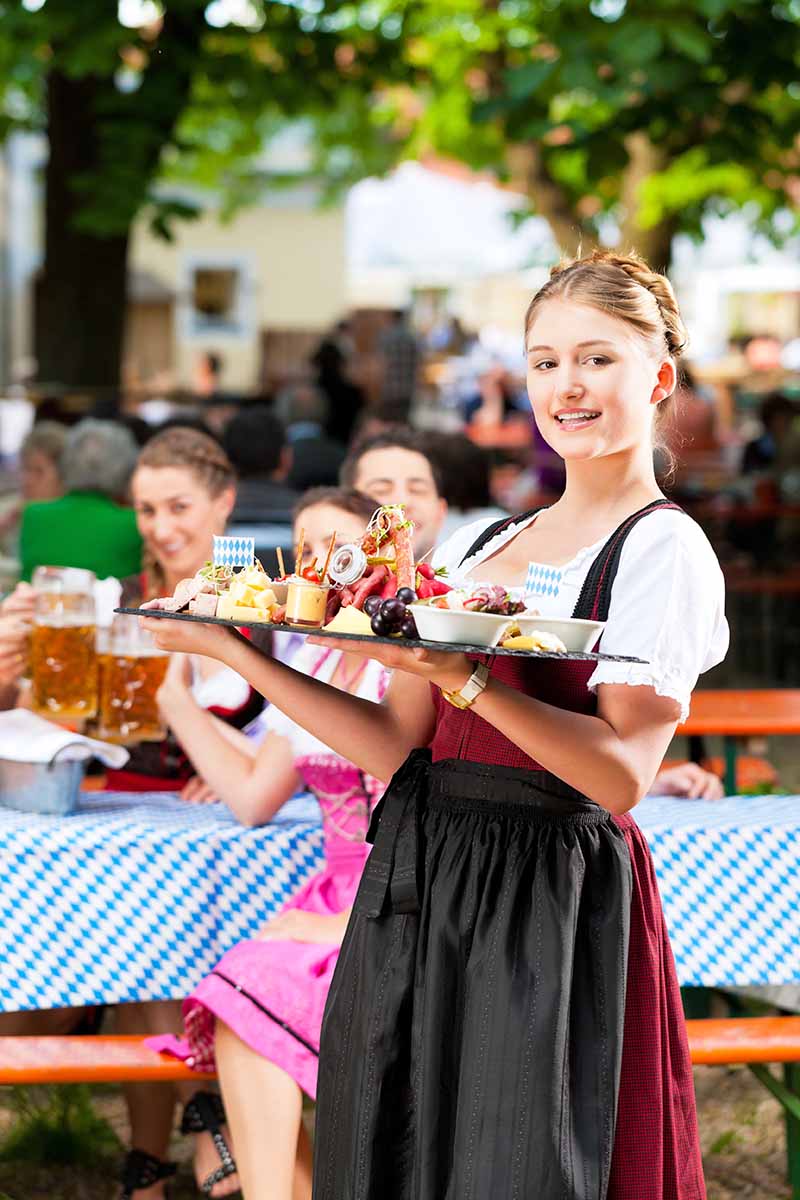
Despite the bit above about how beer and cheese are twin ferments separated at birth, it is possible to create non-ideal pairings in the sense that the cheese could potentially get lost, overshadowed by its more flavorful partner.
Here’s my top tip for avoiding this:
Steer clear of more delicate dairy selections when looking for a mate for your Oktoberfest brew of choice. While they won’t make or break your feast, anything too mildly or subtly flavored could easily be drowned out by the flavor of the beer.
You will be better off choosing stronger, more pungent, more savory, nuttier, and richer cheeses for this pairing instead.
For example, a fresh and creamy chevre or another younger, briefly aged goat’s milk cheese would not be the best options here.
These styles of dairy products, traditionally produced in the springtime during the natural birthing and milking cycle of female goats, do not match either the season or the strength of an Oktoberfest brew, though an aged version of the same cheese might hold up well.
When in doubt, don’t be afraid to ask your local cheesemonger for a recommendation!
Perfect Pairings
With each of these five pairings, we are highlighting the traditional characteristics of an Oktoberfest lager – an aroma of caramel, full body, and a toasty and rich malt flavor, with a bit of bitterness from hops.
And now, for the cheeses…
1. Alpines
These big, brawny wheels – typically made with raw cow’s milk – make a great match with rich, toasty-tasting brews.
Don’t be fooled, however: sourcing an appropriate Alpine is a little more complicated than grabbing your go-to pasteurized Swiss sliced thin from the deli!
Think large-format wheels, natural rinds, and firm yet pliable textures. Your cheesemonger can help guide you to the right section at the store.

For a milder, more floral, and nuttier selection, go for a true Emmentaler. You can purchase this variety from Amazon.
For something a little bolder, choose a Gruyere or Comte – the more aged, the better.
Aged, washed rind wheels like Appenzeller – typically washed in hard apple cider, although I’ve seen varieties washed in everything from pear cider to wine or even coffee – can pack in delicious fruity notes, too.

Try it for yourself by purchasing some from Amazon.
Alongside your favorite Oktoberfest beer, Alpine-style selections are perfect with slices of dry-cured sausage, like an aged Mettwurst sausage to stay on theme, and dark rye bread.
2. Blues
Lovers of blue cheeses, you’re in luck: big-hearted Oktoberfest lagers can stand up to wheels inoculated with Penicillium roqueforti just fine!

PastaCheese English Blue Stilton
I tend to shy away from runnier, sucker-punch pungent blues like Gorgonzola or Roquefort, which might clash with the beer, in favor of those with sweet, meaty, or toasty notes.
Think along the lines of Stilton-style blue cheeses, like this English Blue Stilton, available now from Amazon.
While not a common selection, you could also opt for a naturally smoked blue cheese, which will echo the toasted, malted notes of Oktoberfest beer.
I do caution against most smoked cheeses in general, just because the smoky flavors tend to be produced artificially. As long as you do some research with the ingredients lists, you’ll be able to find a stellar option using natural smoking methods.
Rogue Creamery Organic Smokey Blue Cheese
Try the Smokey Blue from Rogue Creamery, an organic-certified creamery based in Oregon. Smoked over local hazelnuts, this blue can be purchased from Mouth.
Along with the beer and blue cheese, consider serving a generous drizzle of honey and some candied nuts.
And know that you can keep stocking blues all season long: they also pair very well with heavily spiced pumpkin beers!
3. Cheddars
This is the tangy type that I grew up eating – in the form of a store-brand brick from the supermarket.
Now, I know where to find a better cheddar, and that’s what you should do, too.

At the very least, seek out a block of Cabot Seriously Sharp, which combines savory, tangy, and sweet notes to make a great partner for malt-forward beers. It’s available to purchase from Amazon.
You can also try some phenomenal cheddars from another Vermont-based cheesemaker, Plymouth Artisan Cheese. Their Original Plymouth Cheddar is made from raw cow’s milk and is aged for a full year, yielding an ideal balance of a creamy texture and strong sharpness.
You can purchase it now from Mouth.
Beyond domestic options, look to your favorite hard-aged Irish or English cheddars to make a match with Oktoberfests.
Consider taking a page out of my book and serving the beer and cheddar with crusty bread like a French baguette, or some homemade buckwheat rosemary crackers. Cornichons or pickled dilly green beans will also be welcome additions.
Stonewall Kitchen Traditional Pub Style Mustard
Mustard will also be a hit with cheddar. A heartier, coarser variety will work perfectly here, like Stonewall Kitchen’s Traditional Pub Style Mustard, available directly from Stonewall Kitchen.
4. Goudas
While my ideal Gouda for pairing with malt-forward beer would be aged for at least a year – or two – even a variety that’s on the younger, softer side has the richness of texture and flavor development that allows it to pair nicely with an Oktoberfest.
If you prefer a smoked Gouda, the same consideration applies here as it does for any style of smoked cheese – do your research to ensure your selection is smoked naturally.
Beemster X.O. 26-Month Extra Aged Gouda
To make the best choice in the Gouda department, get yourself a wedge of Beemster XO. It’s aged for 26 months, and so full of tyrosine crystals and caramel notes that it’s like eating an incredible wedge of slightly savory toffee. It’s available to purchase from Amazon.
Or, go with Wisconsin-based Marieke Gouda’s Aged Raw Milk Gouda for a domestic selection. The deep, nutty flavors and firm texture – with the occasional crystalline crunch – makes this another ideal choice. Find it now at Mouth.
Marieke Gouda Aged Raw Milk Gouda
Serve your mighty Gouda and beer with equally bold accompaniments like spicy nuts, slices of Honeycrisp apple, and assorted meats and charcuterie – and call it a meal!
5. Soft-Ripened and Bloomy Rinds
Richer, fattier, soft-ripened or bloomy-rind cheeses made with cow’s or sheep’s milk have a high enough fat content to avoid being washed away untasted by the beer.
This way, you can taste how the grassy, savory, and mushroomy notes play off of the toasty notes of the brew.

If your Oktoberfest is on the hoppier side, choose your bloomy-rind options carefully. Any high-quality Brie will do – Brie Val de Soane is a particularly fine variety, available at Amazon.
Based in Indiana, Tulip Tree Creamery’s award-winning Trillium is an ideal domestic candidate. This is a triple-cream bloomy-rind cheese with an intensely buttery, spreadable paste.
You can find it now at Mouth.
Thick and fudgy, soft-ripened cheeses are best served alongside your beer with toasted sourdough and seasonally appropriate sweet spreads like apple butter.
Go Celebrate!
Now that you’re armed with an arsenal of potentially perfect pairings, it’s time to grab your stein and your favorite cheese board, and celebrate the harvest with friends and family.
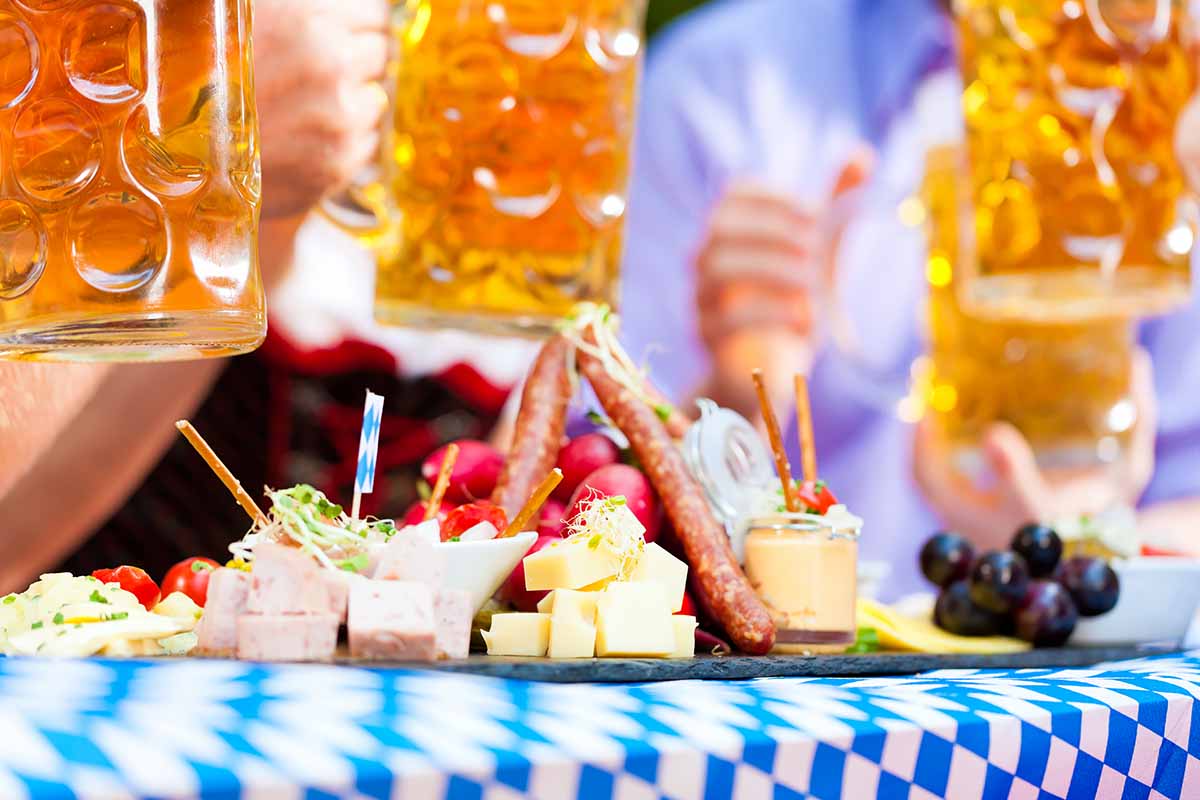
Whether you choose a hard-aged cheddar or a smooth and luscious Brie to accompany your beer, you’re sure to create a delicious feast and beautiful memories enjoyed by many.
Prost!
What will you serve to round out your Oktoberfest spread? Is there a special cheese you have in mind? Let us know in the comments.
Get into the Oktoberfest spirit with even more seasonal food and drink suggestions. We have so much to share with you, and we’ll guide you in the right direction towards autumnal bliss – get in the kitchen with these recipes first:
About Alex Jones
Alex Jones is a local food consultant and writer based in Philadelphia. Evangelizing about local food is second nature to Alex, whether she’s working an artisan cheesemaker’s farmers market stand or developing growth strategies for her favorite small-scale artisans. Her favorite areas to work in currently are the artisan cheese and pastured meat supply chains. When she’s not working, Alex spends her time managing her usually-overstuffed fridge, growing vegetables, foraging for fruits around the city, playing tuba in a disco cover band, and hanging out with her partner Dr Thunder, Philadelphia’s karaoke superhero, and their two cats, Georgia and Li’l Mama. Alex’s favorite food is some kind of cheese on some kind of bread.


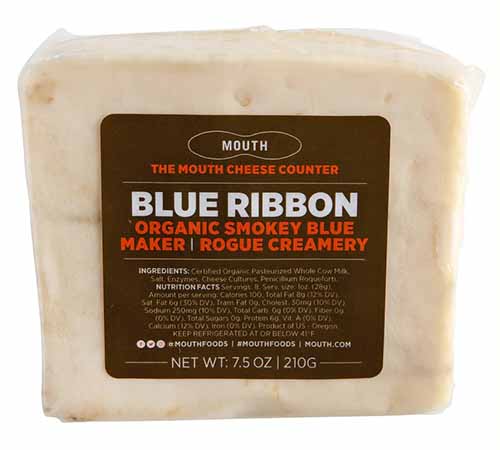
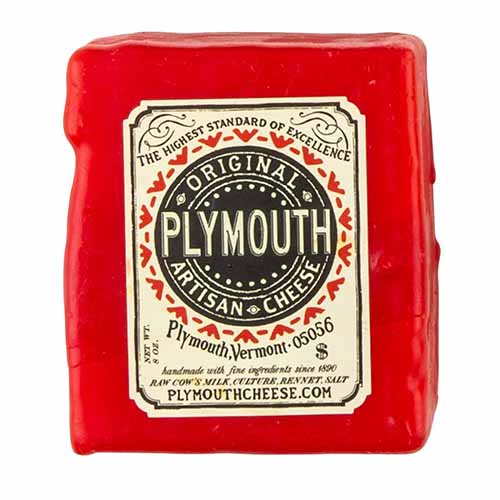

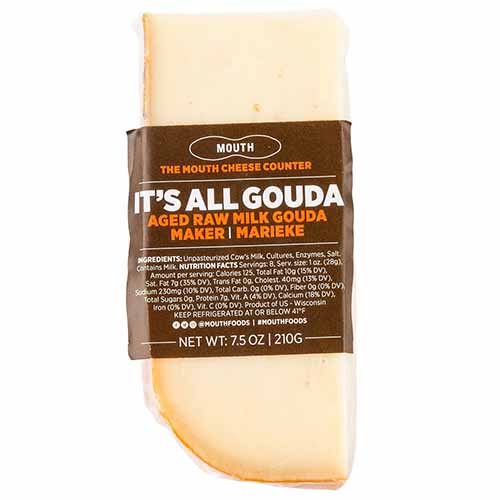
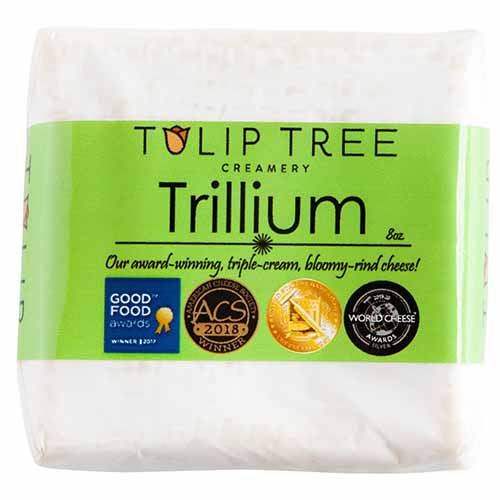
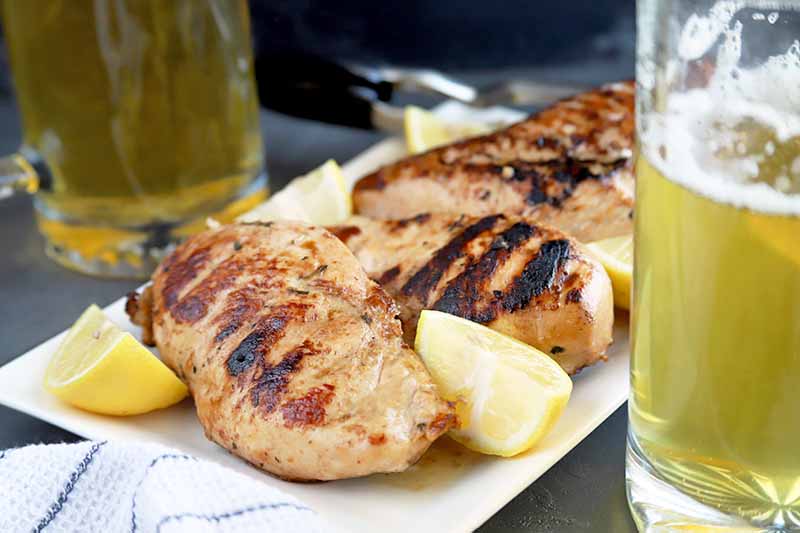


Sharp cheddar cheese is so delicious and rich, but I must be honest I have never really thought this much about pairing it with the right beer. I have paired it with a lot of beers, don’t get me wrong, but never with this much attention to the quality of the pairing, so I love this. It also just made me think of beer cheese soup, which is probably one of my favorite foods ever. Good stuff, and thanks for sharing.
Oh, my husband will be in Heaven with this list. The first one will definitely grab his attention. All his favorite foods are there (although it’s probably not his first choice for beverage, I’m sure he’ll give this a try).
I’d love to see some more lists like this. I enjoyed reading it, and I would like to learn more about matching eats with the appropriate craft beverage. I like learning about this stuff, because my husband is very interested in it, and I like to feel like I know a little about the things that interest him. I also like a good brewski myself.
It definitely is true that we learn new stuff every single day. I did not really know that you could mix cheese with beer, it really looks like a good mix though. I will be trying this soon, it looks interesting. Thank you for sharing.